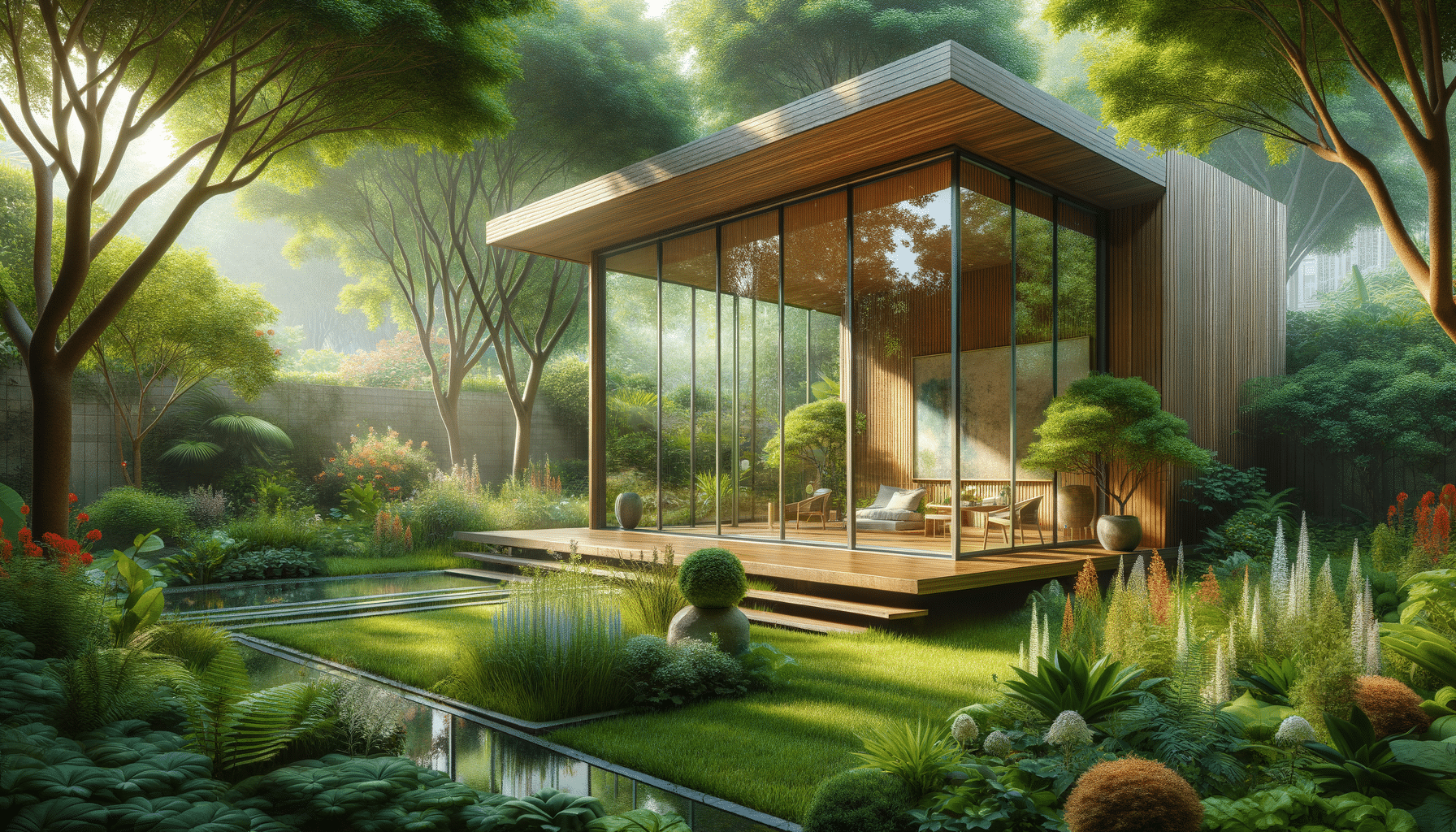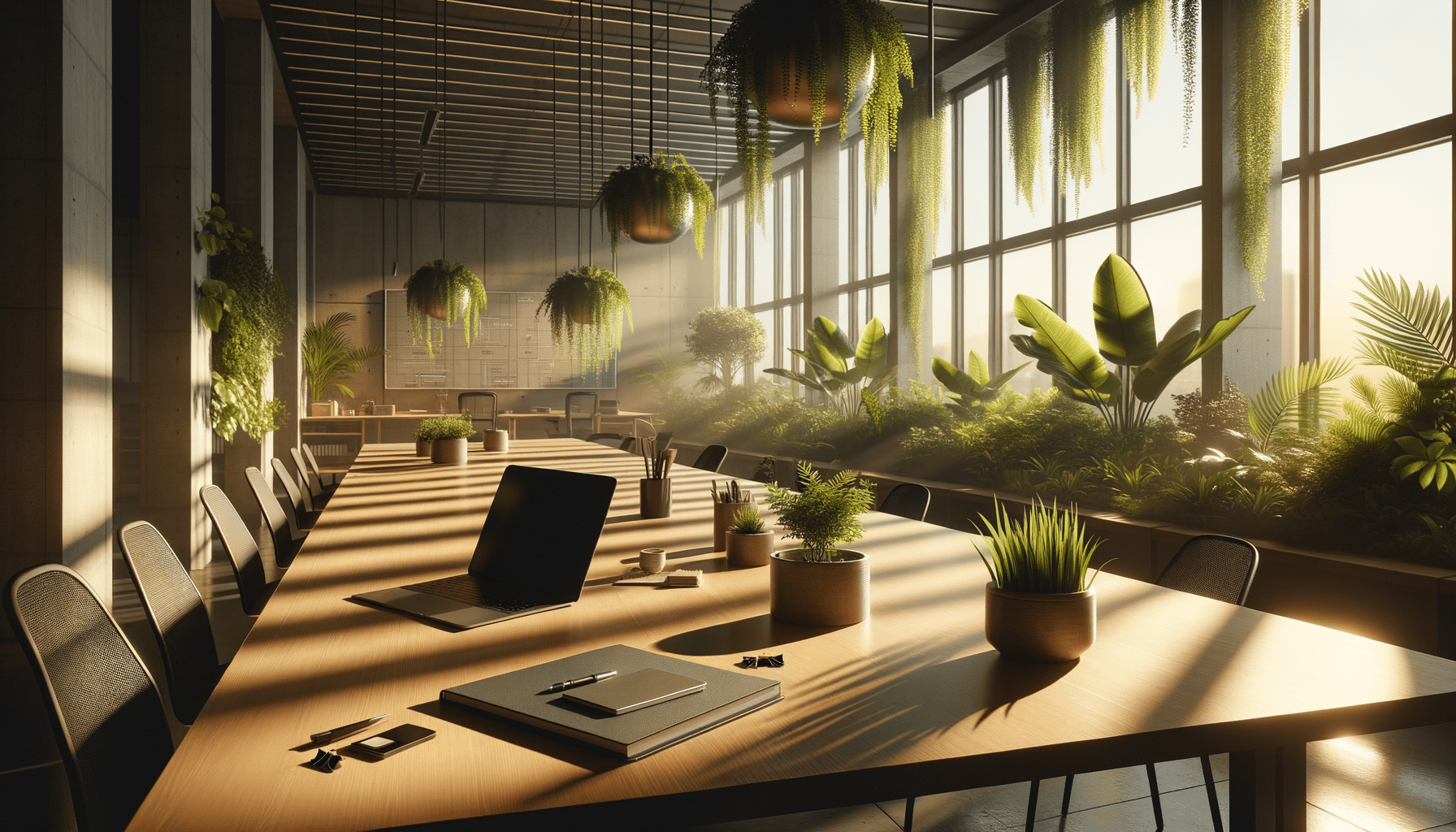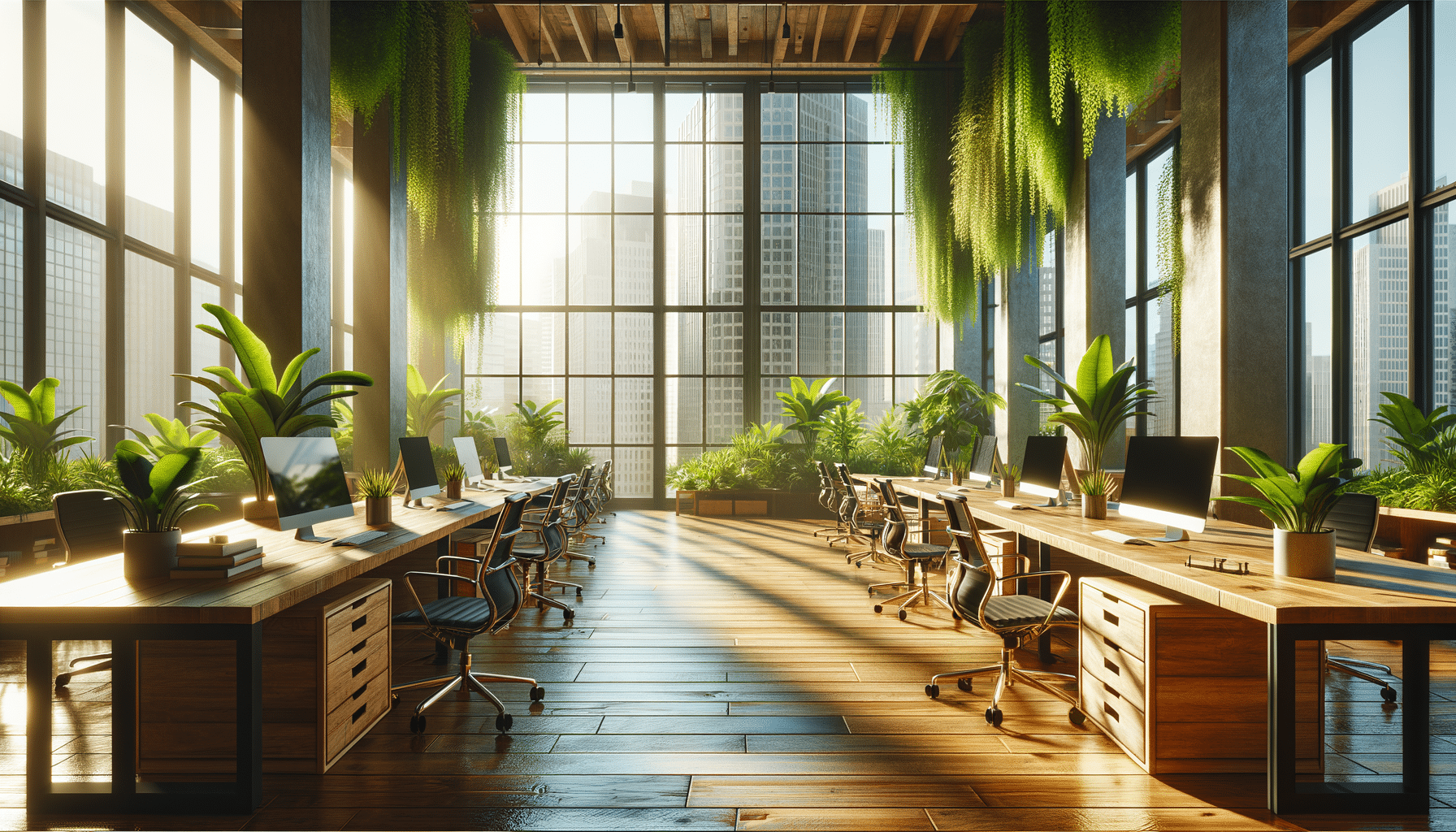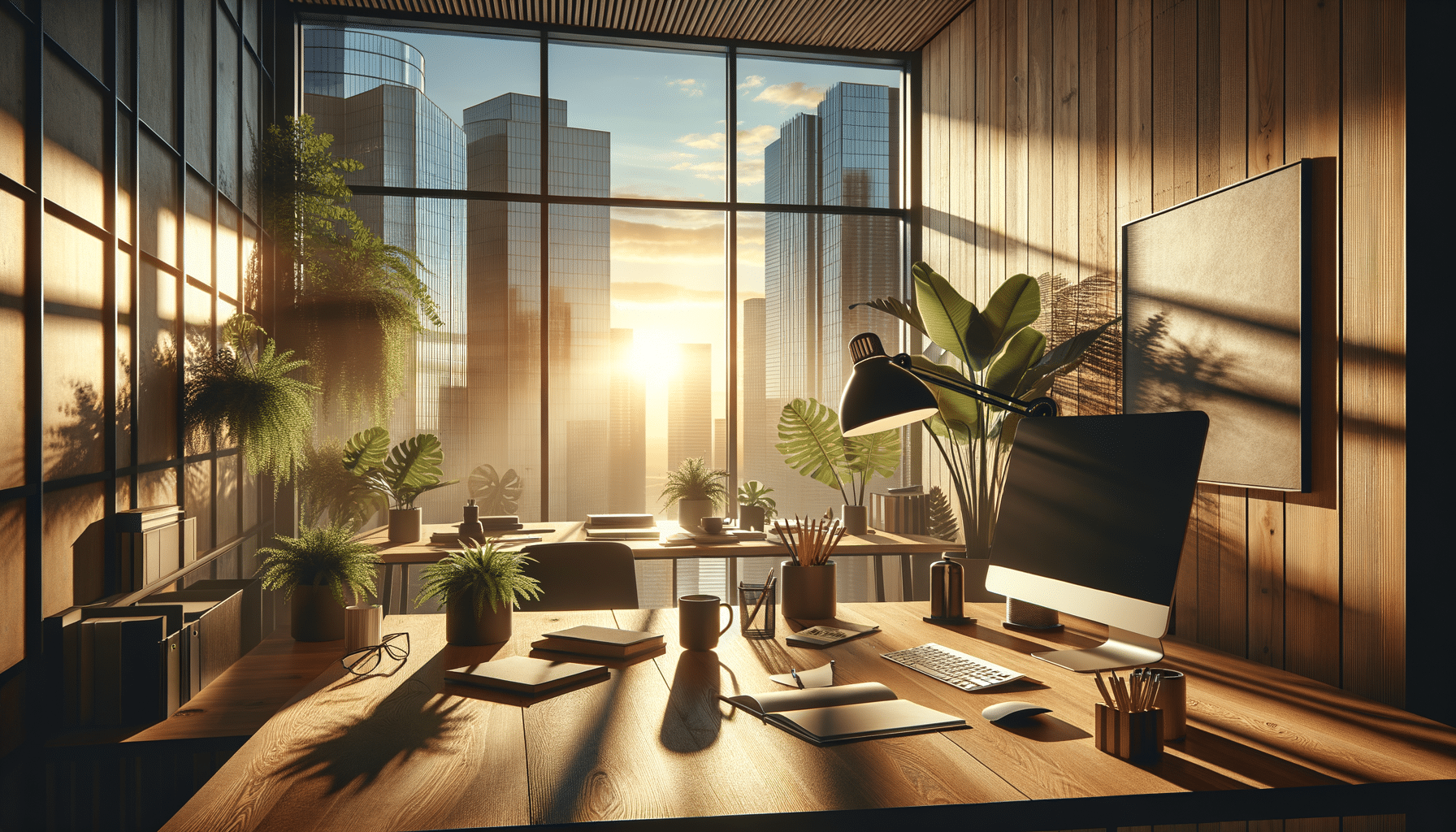
Exploring the Versatility and Benefits of Garden Rooms
The Rise of Garden Rooms: A New Trend in Home Expansion
Garden rooms have emerged as a popular solution for homeowners looking to expand their living space without the need for extensive renovations or moving. These standalone structures are often situated in the backyard, providing a seamless connection between indoor and outdoor environments. The concept of garden rooms is not entirely new; however, their versatility and the growing trend towards sustainable living have propelled them into the spotlight.
One of the primary reasons for their popularity is their ability to serve multiple purposes. Whether it’s a home office, a yoga studio, or simply a tranquil retreat, garden rooms can be customized to meet individual needs. This flexibility makes them an attractive option for homeowners who require additional space but want to avoid the complexities and costs associated with traditional home extensions.
Moreover, garden rooms capitalize on the increasing desire for eco-friendly living. Many of these structures are designed with sustainability in mind, using materials that minimize environmental impact. This aligns with the preferences of environmentally conscious consumers who are seeking ways to reduce their carbon footprint while enhancing their living spaces.
In summary, garden rooms represent a growing trend in home expansion, offering a versatile, eco-friendly, and stylish solution for those looking to enhance their living environment.
Designing a Garden Room: Key Considerations
When it comes to designing a garden room, several key considerations come into play to ensure the space is both functional and aesthetically pleasing. The first step is to determine the primary use of the space. This will influence design elements such as layout, lighting, and furnishings.
For instance, a garden room intended as a home office should prioritize natural lighting and ergonomic furniture to create a productive work environment. On the other hand, a space designed for relaxation might focus on comfortable seating and calming color palettes.
Another important consideration is the integration of the garden room with its natural surroundings. Large windows or glass doors can help blur the lines between indoors and outdoors, allowing for unobstructed views of the garden. This not only enhances the aesthetic appeal but also maximizes natural light, reducing the need for artificial lighting during the day.
Additionally, the choice of materials plays a significant role in the overall design. Sustainable materials such as reclaimed wood or recycled glass can be used to construct a garden room that is both stylish and environmentally friendly. Incorporating energy-efficient features, such as solar panels or green roofs, can further enhance the eco-credentials of the space.
Ultimately, the design of a garden room should reflect the needs and preferences of the homeowner while harmonizing with the surrounding landscape.
Benefits of Adding a Garden Room to Your Home
Garden rooms offer a range of benefits that extend beyond mere additional space. One of the most significant advantages is the potential for increased property value. A well-designed garden room can enhance the appeal of a home, making it more attractive to potential buyers.
Moreover, garden rooms provide a unique opportunity to create a personalized space that caters to specific needs. Whether it’s a hobby room, a guest suite, or a play area for children, the possibilities are virtually endless. This level of customization is rarely achievable with traditional home extensions.
Another key benefit is the ability to enjoy the outdoors regardless of the weather. Garden rooms offer a sheltered space where individuals can connect with nature while remaining protected from the elements. This can be particularly appealing in climates with unpredictable weather patterns.
Furthermore, garden rooms can contribute to improved well-being. The proximity to nature and the opportunity to escape the hustle and bustle of everyday life can have a positive impact on mental health. Studies have shown that spending time in nature can reduce stress and enhance mood, making garden rooms an ideal retreat for relaxation and rejuvenation.
In conclusion, garden rooms provide a multitude of benefits, from increasing property value to enhancing personal well-being, making them a valuable addition to any home.
Cost and Investment: Are Garden Rooms Worth It?
The cost of adding a garden room can vary significantly depending on factors such as size, design, and materials used. On average, a garden room can range from a few thousand to several tens of thousands of dollars. While this may seem like a considerable investment, the potential returns can make it worthwhile.
One of the primary financial benefits of a garden room is the potential increase in property value. A well-designed, functional garden room can add significant appeal to a home, making it more attractive to prospective buyers. This can result in a higher selling price, potentially offsetting the initial investment.
Additionally, garden rooms can provide cost savings in other areas. For example, using the space as a home office can eliminate the need for commuting, reducing transportation costs and saving time. Similarly, a garden room designed as a fitness studio can negate the need for gym memberships.
It’s also worth considering the long-term benefits. A garden room is a permanent addition to a property, offering ongoing value and utility. As homeowners’ needs change over time, the garden room can be adapted to suit new purposes, ensuring it remains a valuable asset.
Ultimately, the decision to invest in a garden room should be based on individual needs and circumstances. While the initial cost can be substantial, the potential benefits and returns can make it a worthwhile investment.
Choosing the Right Garden Room for Your Needs
Selecting the right garden room involves careful consideration of several factors to ensure it meets your specific needs and complements your home. The first step is to define the primary purpose of the space. This will guide decisions related to size, layout, and design.
It’s important to consider the available space in your garden. The garden room should fit comfortably within the existing landscape without overwhelming it. Taking measurements and consulting with a professional can help ensure the chosen design is suitable for the space.
Another critical factor is the choice of materials. Opting for sustainable, high-quality materials can enhance the durability and aesthetic appeal of the garden room. It’s also worth considering materials that offer good insulation properties to ensure the space remains comfortable year-round.
Customization options should also be explored. Many garden room suppliers offer a range of design features that can be tailored to individual preferences, from window placement to interior finishes. This allows homeowners to create a space that truly reflects their style and needs.
Finally, it’s essential to consider the budget. While it’s important to keep costs in check, investing in quality materials and design features can ensure the garden room provides long-term value and satisfaction.
Choosing the right garden room requires careful planning and consideration, but with the right approach, it can become a cherished addition to any home.


